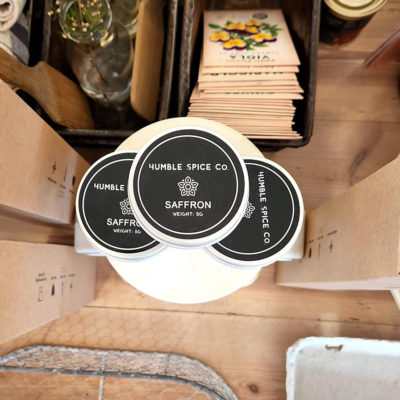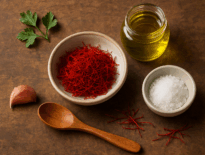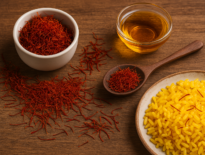Are you tired of bland, uninspired meals? Discover the allure of aromatics and elevate your cooking with fresh herbs.
In this article, we’ll explore the health benefits of using fresh herbs, introduce you to common aromatic herbs, and share techniques for incorporating them into your recipes.
Plus, we’ll guide you on pairing herbs with different types of dishes and offer tips on growing your own herb garden.
Prepare to unleash a world of flavors in your kitchen!
Health Benefits of Cooking With Fresh Herbs
You should frequently incorporate fresh herbs into your cooking because they offer numerous health benefits. Not only do they add flavor and aroma to your dishes, but they also pack a powerful nutritional punch.
Fresh herbs are rich in vitamins, minerals, and antioxidants that can boost your immune system, improve digestion, and reduce inflammation in your body. For example, basil is known for its antibacterial properties, while parsley is a great source of vitamin C. Rosemary has been shown to improve memory and concentration, and cilantro can help detoxify the body.
Common Aromatic Herbs Used in Cooking
When incorporating fresh herbs into your cooking, it’s important to be familiar with the common aromatic herbs used in various dishes. These herbs not only add flavor but also enhance the aroma of your meals.
Some of the most commonly used aromatic herbs include basil, rosemary, thyme, and cilantro. Basil is often used in Italian cuisine, adding a fresh and sweet flavor to pasta sauces and salads.
Rosemary is popular in Mediterranean dishes, providing a woody and pine-like taste to roasted meats and vegetables. Thyme is commonly used in French cuisine, adding a subtle earthy flavor to soups, stews, and marinades.
Cilantro is a versatile herb, commonly used in Mexican and Asian cuisines, adding a bright and citrusy taste to salsas, curries, and stir-fries.
Techniques for Incorporating Fresh Herbs Into Recipes
To enhance the flavors of your dishes and infuse them with aromatic goodness, consider employing various techniques for incorporating fresh herbs into your recipes.
The first technique is chopping herbs finely and sprinkling them over your finished dish. This method works well for delicate herbs like parsley and cilantro.
Another technique is to add herbs to your cooking oil or butter, allowing their flavors to infuse throughout the dish. This works especially well for robust herbs like rosemary and thyme.
You can also create herb-infused oils or vinegars by steeping fresh herbs in these liquids for a period of time. This adds a subtle herbaceous flavor to dressings, marinades, and sauces.
Lastly, you can also make herb butter by combining softened butter with finely chopped herbs, which can be used to add a burst of flavor to grilled meats, vegetables, or even spread on bread.
Pairing Herbs With Different Types of Dishes
Wondering how to pair fresh herbs with different types of dishes to enhance their flavors and create a culinary masterpiece? The key is to match the intensity of the herb with the dish you’re preparing.
For lighter dishes such as salads or seafood, delicate herbs like parsley, dill, or chives work best. Their subtle flavors won’t overpower the dish.
When it comes to heartier dishes like stews or roasts, robust herbs like rosemary, thyme, or sage can withstand the longer cooking times and add depth to the flavors.
For dishes with a Mediterranean flair, try using basil, oregano, or marjoram to bring out the vibrant and aromatic notes.
Additionally, consider experimenting with herb combinations to create unique flavor profiles that complement your dishes perfectly.
Tips for Growing Your Own Herb Garden
Enhance your culinary creations by cultivating your own herb garden. Not only will you have a steady supply of fresh herbs at your fingertips, but you’ll also save money and add a personal touch to your cooking.
To start your herb garden, choose a sunny spot in your yard or balcony that receives at least six hours of sunlight a day. Next, select your herbs based on what you enjoy cooking with the most. Popular choices include basil, rosemary, mint, thyme, and parsley.
Remember to water your herbs regularly, but be careful not to overwater them as this can lead to root rot. Finally, harvest your herbs by cutting the stems just above a leaf node, and enjoy the taste and aroma of freshly grown herbs in your dishes.
Incorporating fresh herbs into your cooking not only adds depth and flavor to your dishes, but also provides numerous health benefits. From boosting your immune system to reducing inflammation, these aromatic herbs are a great addition to any meal.
By experimenting with different techniques and pairings, you can create unique and delicious recipes that will impress your family and friends.
And if you have the space and time, why not try growing your own herb garden? It’s a rewarding and sustainable way to always have fresh herbs on hand.






